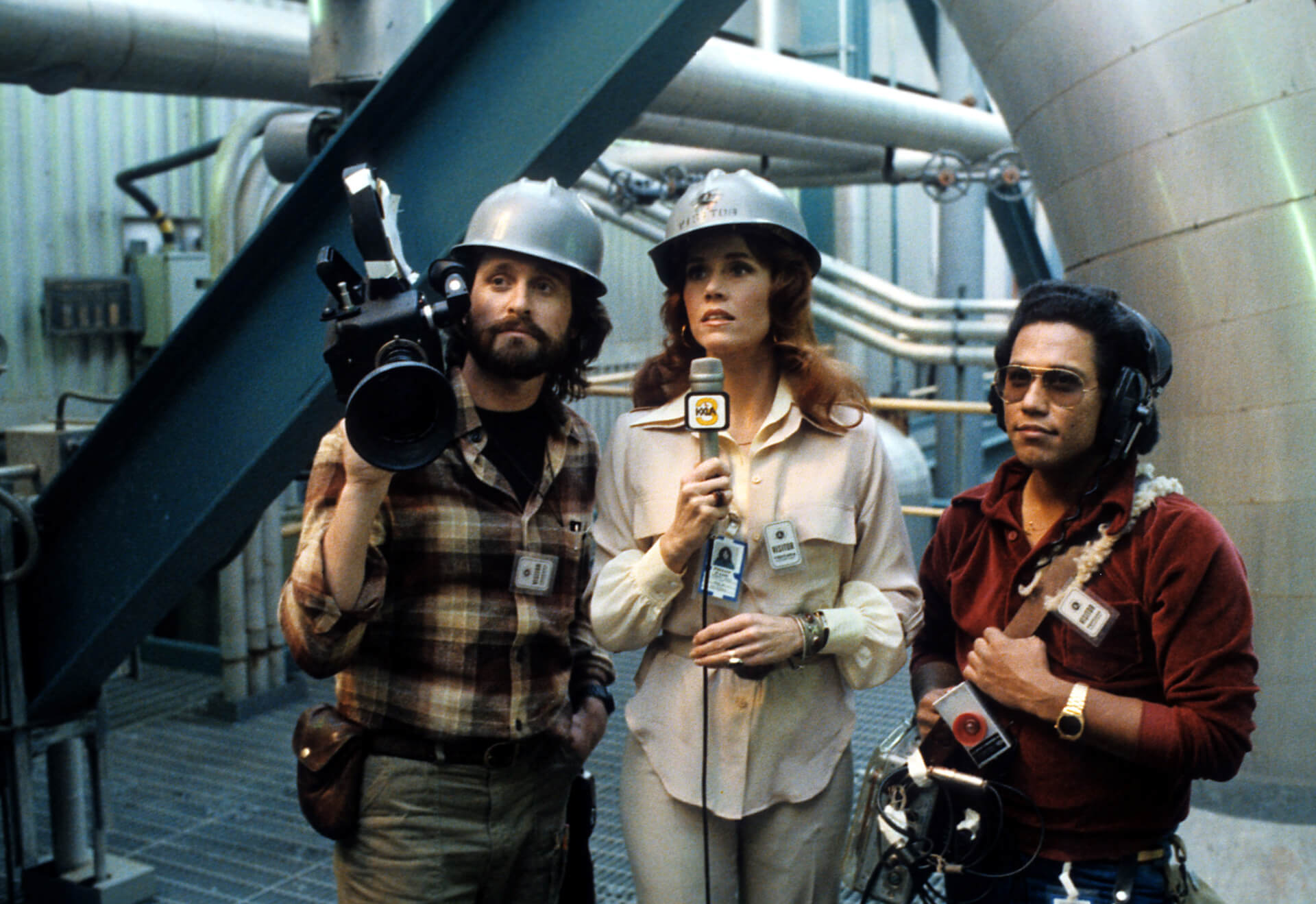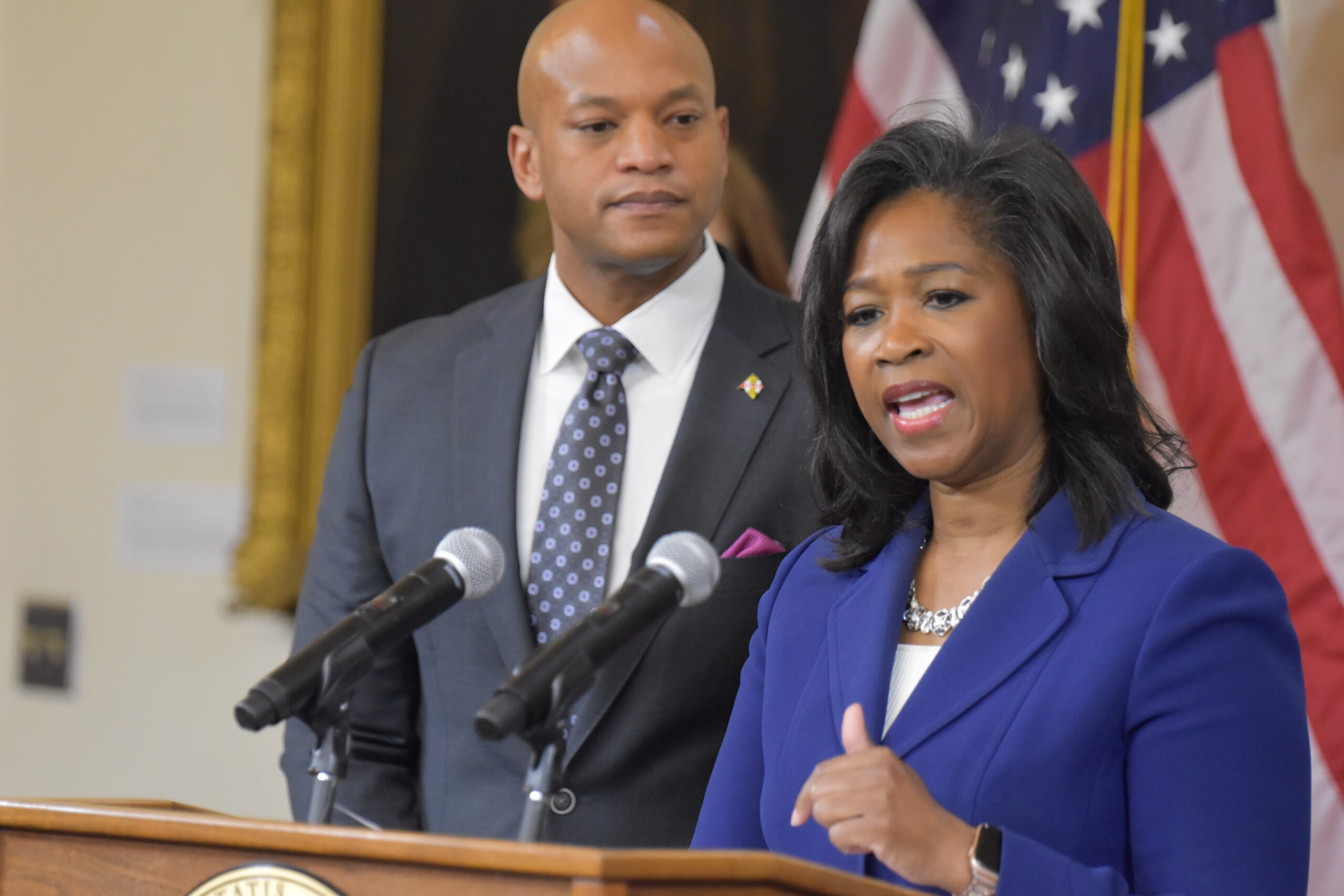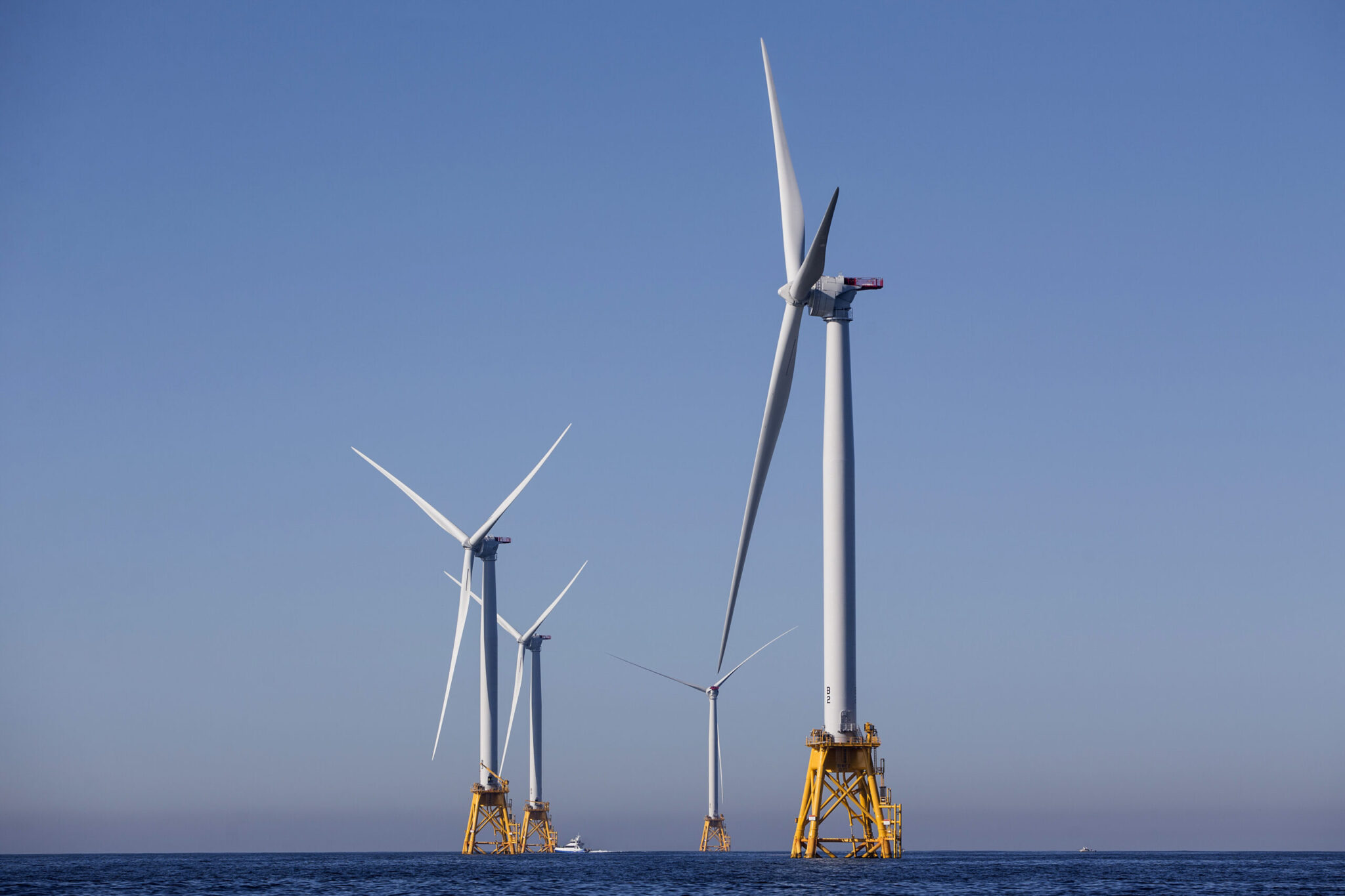Can Nuclear Energy Save the Planet? What Would They Say in Hollywood?

“The China Syndrome” was on TV again last week.
The 1979 thriller, starring Jane Fonda, Jack Lemmon and Michael Douglas, tells the story of a potentially catastrophic accident at a fictional nuclear power plant in California. By the most bizarre of coincidences, a real accident took place at the Three Mile Island nuclear plant in Pennsylvania just 12 days after the movie was released, terrifying the entire Mid-Atlantic and Northeast over the prospect of a nuclear meltdown.
Nuclear energy has been generated in Maryland since the mid-1970’s at the Calvert Cliffs power plant in Lusby. But nuclear power has a come a long way in the public perception over the past 40 years, especially as scientists and environmentalists become laser-focused on the imperative of combating climate change. And that evolution was plainly evident at the Maryland Association of Counties convention in Ocean City on Thursday.
Earlier this year, a new coalition of more than a dozen entities quietly popped up called Nuclear Powers Maryland, to promote the industry and educate consumers about the benefits of nuclear energy — specifically when it comes to fighting climate change.
“We truly believe that Maryland can be a leader in clean energy by fully embracing carbon-free nuclear power,” Maurice Simpson Jr., state government affairs manager for Exelon, the operator of Calvert Cliffs, said during a panel at MACo Thursday sponsored by Nuclear Powers Maryland.
The equation is simple, nuclear advocates say: As Maryland’s clean energy mandates increase, nuclear is already delivering emissions-free energy. Calvert Cliffs currently provides 34% of power generated in the state and almost 80% of zero carbon generation. The solar and wind energy industries are far less mature and reliable, Nuclear Powers Maryland says.
Calvert Cliffs is licensed to operate until the mid-2030’s, and Exelon will have to win approval from the Nuclear Regulatory Commission — based in Maryland — to extend the life of the plant.
But industry advocates — the newly-formed coalition consists of Exelon, Calvert County, labor unions, business groups, energy think tanks, and small companies developing next-generation nuclear technology — warn that the economics of the industry aren’t all that bright. Costs for many nuclear operators exceed revenues, and plants around the country have been decommissioned in recent years. Nuclear generation in the U.S. peaked in 2012, according to the U.S. Energy Information Administration, and only one new nuclear plant has opened in this country in the past quarter century.
Calvert Cliffs operates in the black, in part because there isn’t as much competition from other cheap energy sources in Maryland as there is in other parts of the country. But still, the nuclear advocates — while boastful of the technology’s ability to generate carbon-free energy — are clearly worried about the long-term health of the industry.
So while Nuclear Powers Maryland is billed as an educational organization, it may be that a big ask is coming of state policymakers sometime down the line. It just isn’t clear what that would be.
Simpson said the plant directly or indirectly contributes $397 million a year to the state’s economy. Janna Jackson, communications manager at Calvert Cliffs, said the nuclear plant has improved Calvert County schools dramatically, making college attainable for students who have benefited from the quality education.
Political leaders, government bureaucrats, energy industry experts and environmentalists listened respectfully to the presentation Thursday. Some were clearly fans of nuclear. Others said they came to learn.
“Our energy needs going forward need creative ideas,” said Del. Wanika B. Fisher (D-Prince George’s), who said she was interested to find out how the technology works and how it can be used safely.
Nuclear power may reduce carbon emissions but it also creates other environmental hazards — and not just in case of accident. The storage of nuclear waste remains an enormous and unsolved problem in this country, though Jackson said it is being stored temporarily on-site at Calvert Cliffs in vertical casks that are comparable to “a mausoleum.”
The debate over nuclear presents a dilemma for environmentalists; one longtime advocate in Maryland said Thursday that environmental groups are “agnostic” about its use.
But a leading environmentalist in the General Assembly said Thursday he remains a skeptic.
“It doesn’t emit carbon — I get that,” said Senate Education, Health and Environmental Affairs Chair Paul G. Pinsky (D-Prince George’s). “But having lived through Chernobyl and Three Mile Island and other scares, and cracks at the facilities and the battle to store this goddamn stuff — the whole industry has nothing new in 20, 30, 40 years, and there’s no capital investment. I’m not convinced it’s safe.”





 Creative Commons Attribution
Creative Commons Attribution